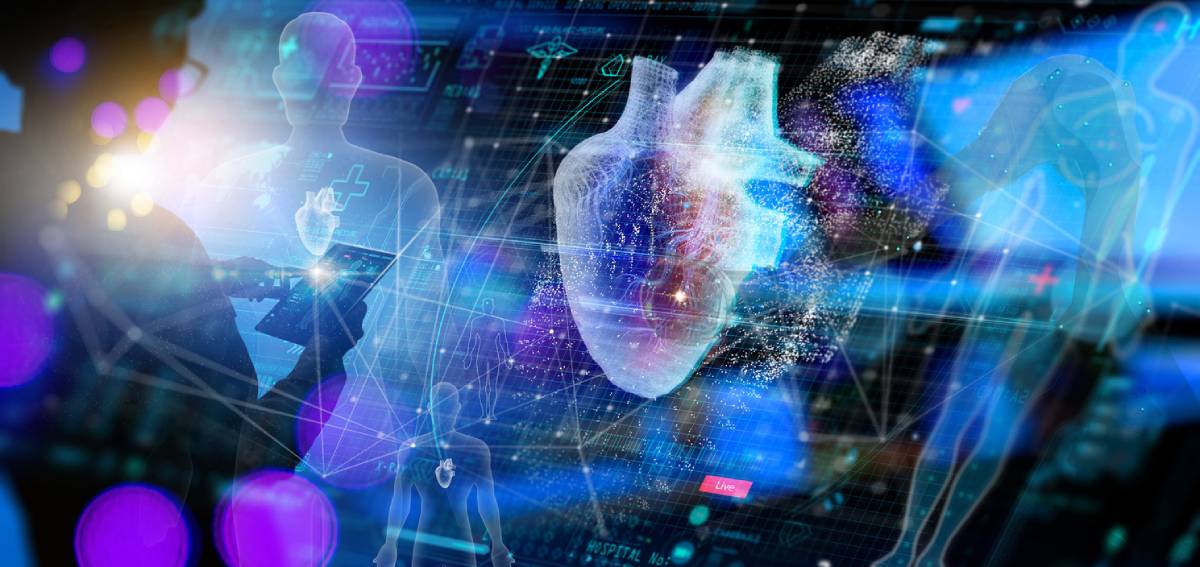How Safe Is Nuclear Cardiology?
The heart is a vital organ that pumps blood throughout the different parts of the body. A sick heart is a cause for concern. It is not only bad for the heart, but it may also affect other organs like the kidneys or the liver. This is why, when it comes to heart health, early and accurate diagnosis is crucial. There is a specialized branch of medical imaging for assessing heart conditions that helps a cardiologist do so using small amounts of radioactive materials. This is called nuclear cardiology. It is not a surprise that some people will feel concerned about the safety of nuclear cardiology because of the word “nuclear.” This leads many patients to the question, “Is nuclear cardiology safe?” We answer this question and discuss nuclear cardiology in more detail below.
Understanding Nuclear Cardiology
Nuclear cardiology uses imaging techniques that use radioactive tracers to evaluate the heart’s function, blood flow, and overall health. The most common tests include:
- Myocardial Perfusion Imaging (MPI): This test tells the doctor how well blood flows to the heart muscle both at rest and during stress.
- Positron Emission Tomography (PET) Scan: This is a highly accurate test that assesses blood flow and the heart’s metabolic function.
- MUGA (Multigated Acquisition) Scan: This is used when doctors want to measure the heart’s ability to pump blood.
These tests help doctors detect coronary artery disease, assess how severe previous heart attacks were, and evaluate the effectiveness of stents, bypass surgery, and other treatments.
How Safe Is Nuclear Cardiology?
Patients usually worry about radiation exposure while undergoing nuclear cardiology tests. The good news is that the radiation used is relatively low and is carefully regulated to keep patients safe.
Low Radiation Exposure
The amount of radiation used in nuclear cardiology can be compared to that of many other imaging tests, like CT scans. It may even be lower than the radiation used in other scans. For instance, the exposure from a myocardial perfusion scan is similar to a couple of years of natural background radiation. In other words, the benefits that come from accurate diagnosis and treatment far outweigh the minimal risk from nuclear cardiology radiation.
Strict Regulation
Agencies such as the Food and Drug Administration (FDA) and the Nuclear Regulatory Commission strictly regulate the use of radioactive materials in medical imaging. Medical professionals also ensure that radiation doses are as low as reasonably possible.
Short Half-Life of Radiotracers
The radioactive tracers used in nuclear cardiology have very short lives. They decay and are eliminated from the body within a few hours to a few days through the natural process of the patient’s body.
Personalized Dosage
The dosage of radioactive tracers is customized. They are dependent on the patient’s weight and unique medical history. This ensures the lowest possible exposure while still achieving accurate diagnostic results.
Management of Potential Risks
Nuclear cardiology is generally safe, but just like any medical procedure, some potential risks should be managed.
Radiation Exposure
Although radiation is minimal, the risk of radiation may still occur. The good news is that the risk of developing cancer from one test is extremely low.
Allergic Reactions
Some patients experience some form of discomfort or fatigue after the test, but this usually goes away quickly.
If you are anxious about these risks, you will be glad to know that doctors take multiple precautions to ensure that these risks are minimized. These precautions include screening patients for allergies, adjusting radiation doses as appropriate, and making sure that the test is necessary before proceeding.
Benefits of Nuclear Cardiology
Despite the minor risks, nuclear cardiology offers significant benefits that make it an essential tool in cardiology.
- Early Detection of Heart Disease: Even before symptoms are shown, nuclear imaging can detect coronary artery disease. This allows early intervention.
- Accurate Diagnosis: With the help of detailed images, doctors are able to pinpoint specific areas of reduced blood flow.
- Non-Invasive Procedure: Nuclear cardiology tests are non-invasive and, therefore, carry less risk than cardiac catheterization.
- Guides Treatment Plans: Nuclear cardiology provides accurate data to doctors. They can use this to tailor treatment plans according to the specific heart condition of each patient.
How to Prepare for a Nuclear Cardiology Test
- Follow any fasting instructions.
- Avoid caffeinated drinks for 24 hours.
- Inform your doctor of any medications you are taking.
- Wear comfortable clothing,
Take the First Step Towards a Healthier Heart
Nuclear cardiology is not just a reliable and effective tool for diagnosing and managing heart disease. It is also safe. Although it is normal to be concerned about radiation, it is important to remember that the doses used in these tests are low, well-regulated, and tailored to each patient. The benefits of early and accurate heart disease detection far outweigh the minimal risks involved. If you have any reason to think that you need to undergo a nuclear cardiology test, schedule a consultation with a licensed cardiologist today.

Leave a Reply